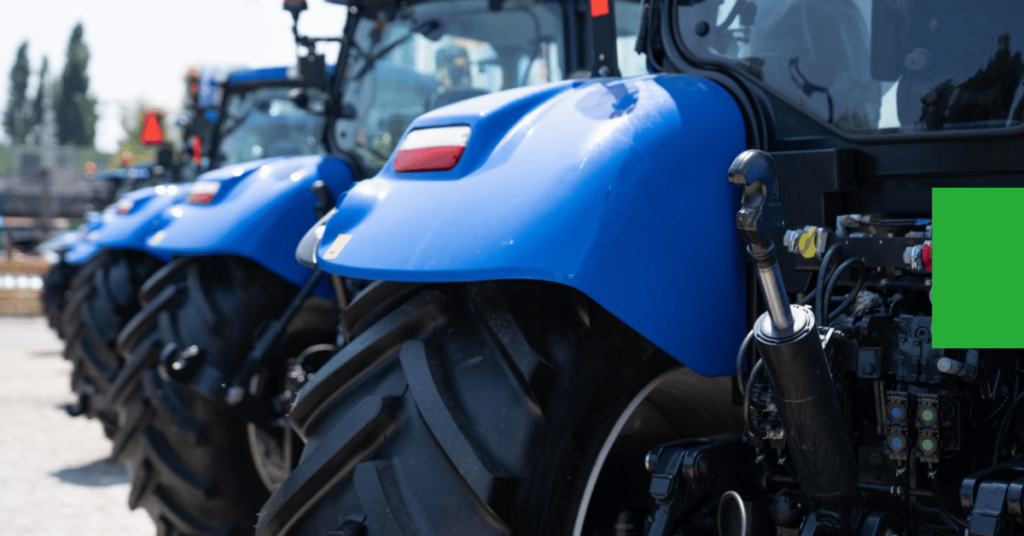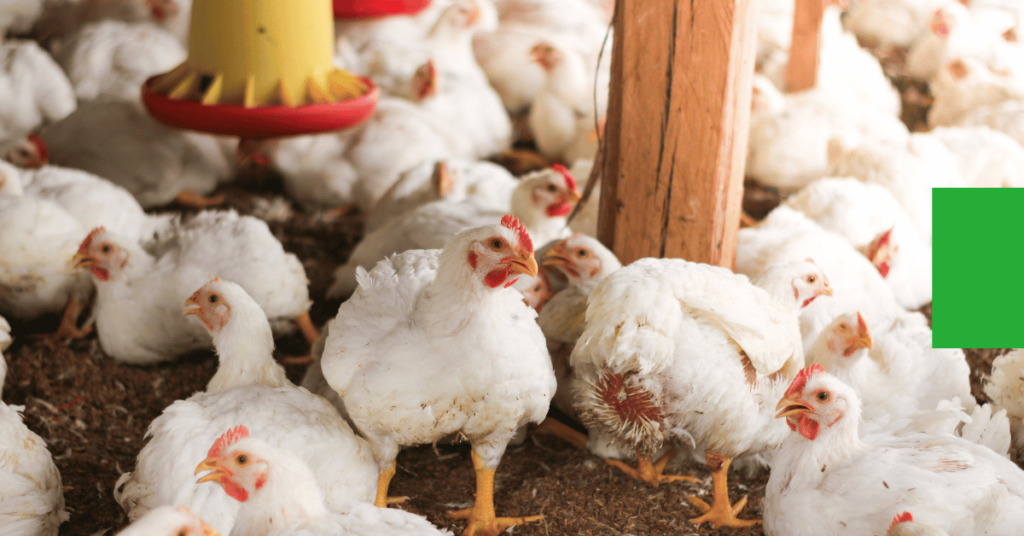Top Agricultural News Within Nigeria | 3rd July 2023
Top Agricultural News Within Nigeria | 3rd July 2023 Letter to our Incoming Commission of Agriculture: As to why we must embrace fish farming Lagos State holds tremendous potential for the development of a thriving fish industry, thanks to its abundant water resources. Discover how the incoming Lagos Agriculture Commissioner plans to tap into this opportunity and revolutionize fish farming. According to a recent article on The Nation Online, the article titled “For the Incoming Lagos Agriculture Commissioner” sheds light on the untapped potential of Lagos water as a habitat for various fish species. Unlike traditional catfish farming prevalent in rural Nigeria, the waters of Lagos boast diverse fish varieties with superior qualities and nutritional content. However, one of the major challenges faced by Lagos is the influx of ‘contraband’ fishes through porous borders, highlighting the need for a robust local fish industry. To address this issue, the incoming commissioner plans to implement strategic measures. These include enacting legislation to curb the indiscriminate disposal of industrial, kitchen, and toilet waste into the waters, preventing the killing of young fishes by residents, and stopping the disposal of toxic waste by local technical workshops operating near water bodies. By creating a conducive environment for fish population growth, the Lagos Mega Fish Industry (LMFI) aims to promote sustainable fish farming practices and reduce dependence on imported fishes. With the upcoming initiatives, Lagos has the potential to become a leading hub for fish production, ensuring a steady supply of fresh, nutritious fish for its residents. Continue Reading Here Relationship between Nigerian Meteorological Agency (NiMet) and the Agriculture Celebrating 20 years of remarkable service, the Nigerian Meteorological Agency (NiMet) has played a pivotal role in ensuring air safety and enhancing agricultural productivity. Dive into this insightful report by EJIKE EJIKE, highlighting NiMet’s valuable contributions through their annual climate predictions and various services. How Mini Solar Grid will Help Agricultural Operations Ahmad Salihijo, the managing director of the Rural Electrification Agency (REA), reveals an innovative approach to tackle energy challenges in agrarian communities. Discover how the agency is implementing solar-powered mini-grids to reduce energy costs and boost the agricultural sector. In an insightful article, the focus is on REA’s initiative to set up mini-grids in communities with high potential for “productive use.” Following the removal of the petrol subsidy, these solar-powered mini-grids aim to provide affordable energy solutions to agrarian communities. The goal is to reduce the dependence on expensive fuel sources and promote sustainable development. During a recent inspection of a 100-kilowatt mini-grid in Gurin, Fufore LGA of Adamawa state, Ahmad Salihijo emphasized the agency’s plan to extend this initiative to fishing communities across various geo-political zones. By powering rice processors and reducing their reliance on petrol, the agency aims to bolster the agricultural sector and drive economic growth. By embracing renewable energy solutions, REA is paving the way for a more sustainable and efficient future for rural communities. To learn more about their innovative efforts, read the full article here You need to be Intentional about development in Agriculture: Ebonyi APC chieftain, Azobi Urges the State Government The South East Zonal Secretary of the ruling All Progressives Congress (APC), Azobi Innocent Itapi, urges Governor Francis Nwifuru of Ebonyi State to prioritize the revival of education and agriculture. Discover the details of this crucial call for action Here. Do you desire earning multiple income from various medias in agriculture, Agrodemy offers you the opportunity to sell your products as well as your expertise in form of consultation, building you a brand efficiently and effectively Get started today: by commenting below or reach us via our customer care line. We are dependable and reliable, Sign up now before its too late
Top Agricultural News Within Nigeria | 3rd July 2023 Read More »










